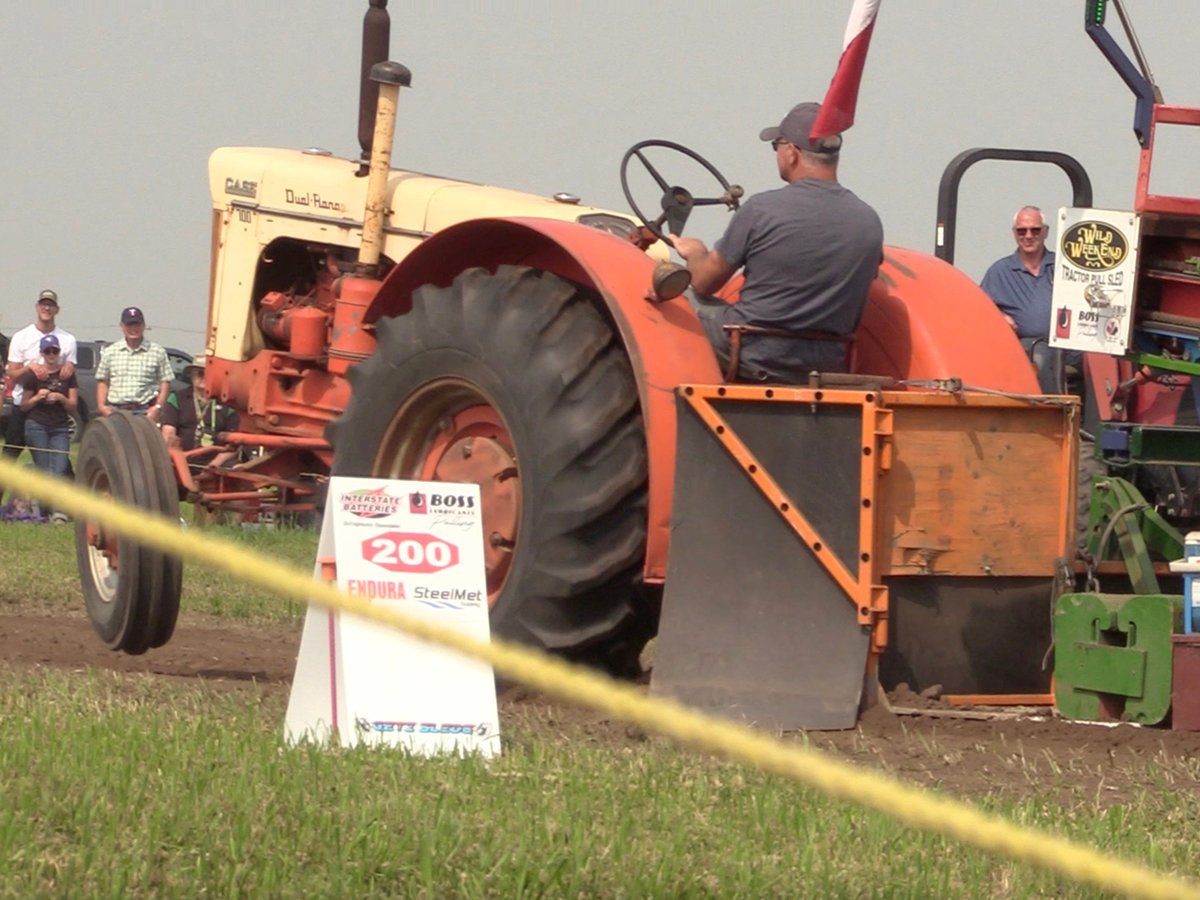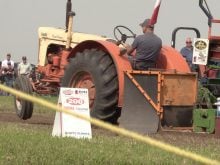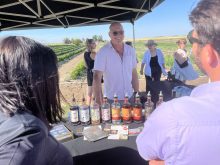The most dangerous time to be on a farm is when people are younger than 20 and older than 60.
A comparison of the data gathered by the Canadian Agricultural Injury Surveillance Program (CAISP) shows young people were involved in 17.4 percent of agricultural fatalities and seniors 34.6 percent, for a total of 52 percent. The data collection started April 1, 1990 for both groups, but ended in 2003 for young people and 2000 for seniors. The numbers on farming children were released last month, while the seniors’ statistics have been out for two years.
Read Also

Vintage power on display at Saskatchewan tractor pull
At the Ag in Motion farm show held earlier this year near Langham, Sask., a vintage tractor pull event drew pretty significant crowds of show goers, who were mostly farmers.
Both groups are overrepresented in the CAISP numbers, according to the reports on its website.
The 433 senior farmer deaths represented a third of agricultural fatalities, even though they represent only 13.2 percent of the farming population. Their injury rate represented 23.8 percent of all agricultural hospitalizations.
Most of the 274 children aged one to 19 who died in the 14 years were male. About two-thirds of the youth deaths involved agricultural work and 30.3 percent were due to hazards in the farm or ranch environment.
The overwhelming cause of deaths in both age groups was machinery, either rollovers, runovers or pinnings.
Installing rollover bar protection, wearing seatbelts and turning off the ignition when dismounting from a machine are the report’s main recommendations for adults.
Machinery also accounted for half of the youth deaths but drowning was also a significant hazard, resulting in one-third of deaths for children younger than 10.
For youth injuries, the cause depended on the age. Animal-related injuries ranked first overall and first for the one- to four-year-old and 10- to 14-year-old categories. Children aged five to nine were most frequently hospitalized for a fall from a height, usually a barn loft. Young people aged 15 to 19 were most frequently injured in machine entanglements with 20 percent of these injuries resulting in amputations.
The good news in the latest report is that researchers are getting the impression from anecdotal evidence that fewer children are being killed after falling off tractors, said Marcel Hacault, executive director of the Canadian Agricultural Safety Association. However, he added, that impression has yet to reflected in the statistics.
Hacault said parents are a big part of the safety effort and they must train and supervise their children in farm chores. Show the children what’s dangerous and keep play areas separate from the work areas, he said. Keep the kids off the machinery, he added, despite their wishes.
“I have a farm and when the kids were younger they always wanted to ride on the tractor with Daddy.”
The association is also pushing the educational value of safety days, which are one-day events organized by local communities that last year involved 6,000 children and 1,500 adult volunteers.
Hacault said evaluations of the safety days have shown they have changed adults’ behaviour as well as their children.
CAISP recommends:
* Preschool children should not be permitted in the farm or ranch work site, which includes the yard and driveway where most bystander runovers occur.
* Preschool children should be supervised closely and constantly by an adult whenever they are outside of the farm home, or else be in a safe, fenced-in play area.
* Drowning hazards, such as dugouts and manure pits, should be fenced off.
* Heavy objects such as machine parts, large tires, fence panels, gates and steel dividers should be stored securely or left lying flat on the ground.
















